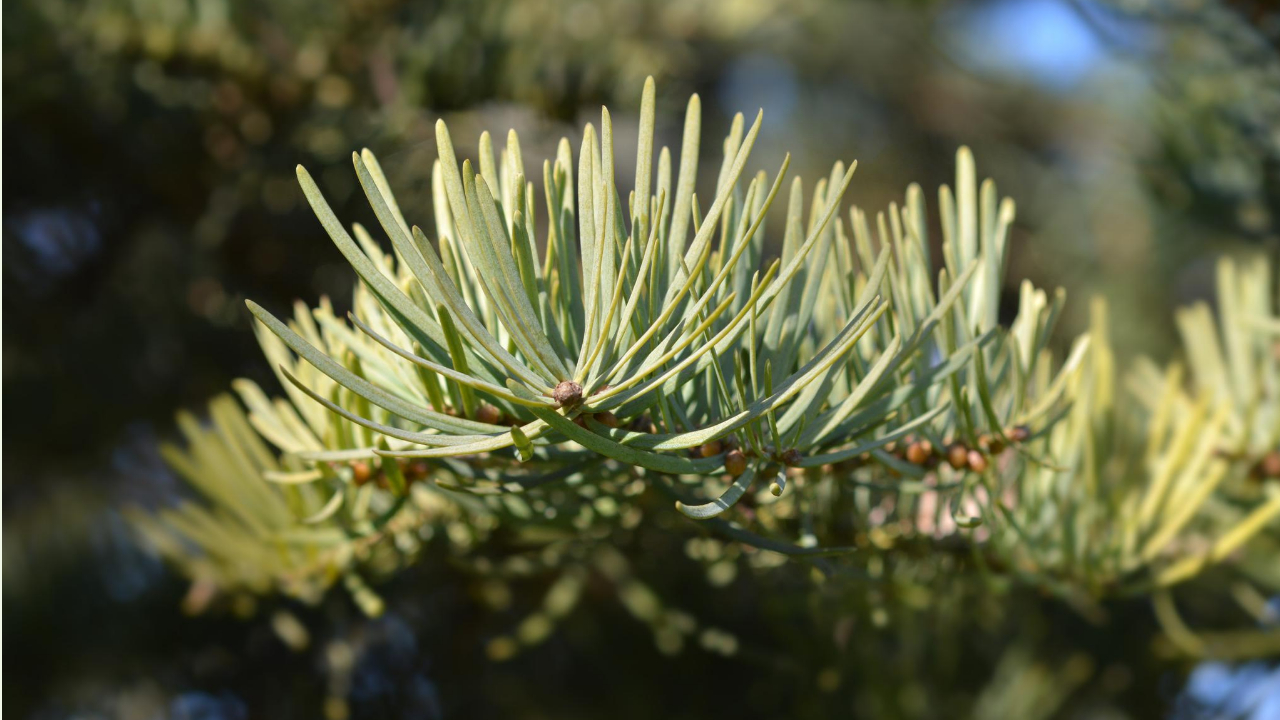ESSENTIAL OIL PROFILE
Organic Balsam Fir Oil

English name: Fir Balsam or Balsam Fir
Latin name: Abies balsamea
Botanical Properties, Origin, and History
The American Indians used the gum of this fir as a natural remedy against influenza, but also to treat scurvy. They used it to treat wounds. Today, Canada balsam is still made from the resin of the balsam fir.
Organoleptic Properties
Appearance: liquid
Color: very light yellow
Odor: resinous, fresh, woody, balsamic
Distilled parts: Needles
Country of origin: Canada
Density: 0.87 to 0.88
Chemotype
BETA-PINENE, BORNYL ACETATE
Properties
Anti-catarrhal, balsamic
Pulmonary decongestant
Anti-infective
Atmospheric antiseptic
General tonic and stimulant
Indications:
ENT disorders (sinusitis, otitis, colds, catarrh)
Lung disorders (acute or chronic bronchitis)
General asthenia
Osteoarthritis, arthritis, rheumatism
Instructions:
- Atmospheric diffusion (ambient air sanitation, epidemics, respiratory diseases)
- Dermal application in dilution in a carrier on the thorax for bronchial affections
Possible Synergies:
- To clean the ambient air, we can combine essential oil of balsam fir with essential oil of niaouli.
- To relieve joint stiffness, it can be combined with gaultérie and katafray, in a calophylle carrier oil.
Energetic Values and Synergies
Associated with the heart chakra, the essential of balsam fir promotes openness, restores optimism and joy, promotes letting go, makes people fall in love with life.
Precautions
Flammable. Oral use on medical advice. Keep out of the reach of children. Avoid contact with eyes. Not recommended for children under 3 and pregnant or breastfeeding women. Do not apply to the skin before sun exposure. Food use possible. Do not use pure on the skin.
